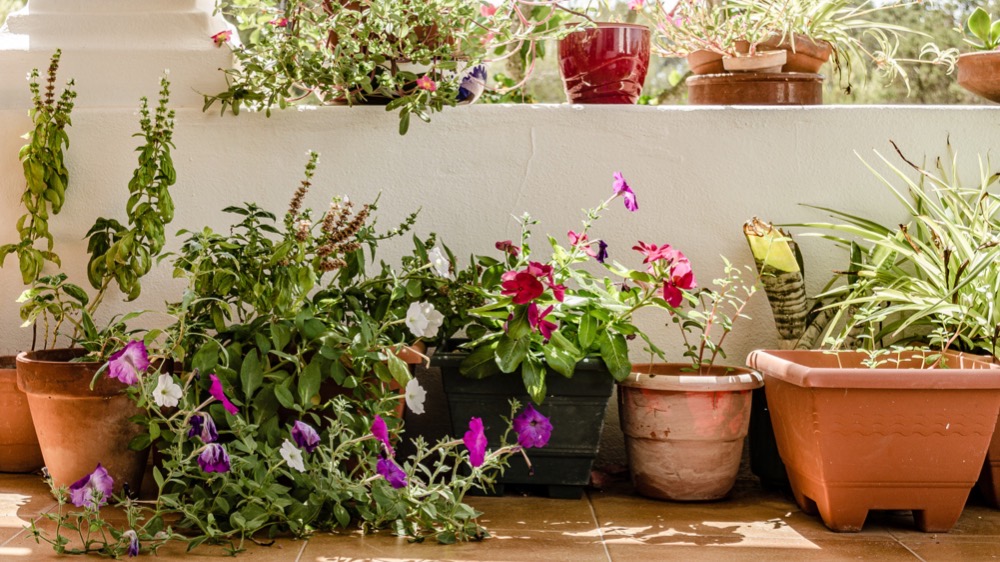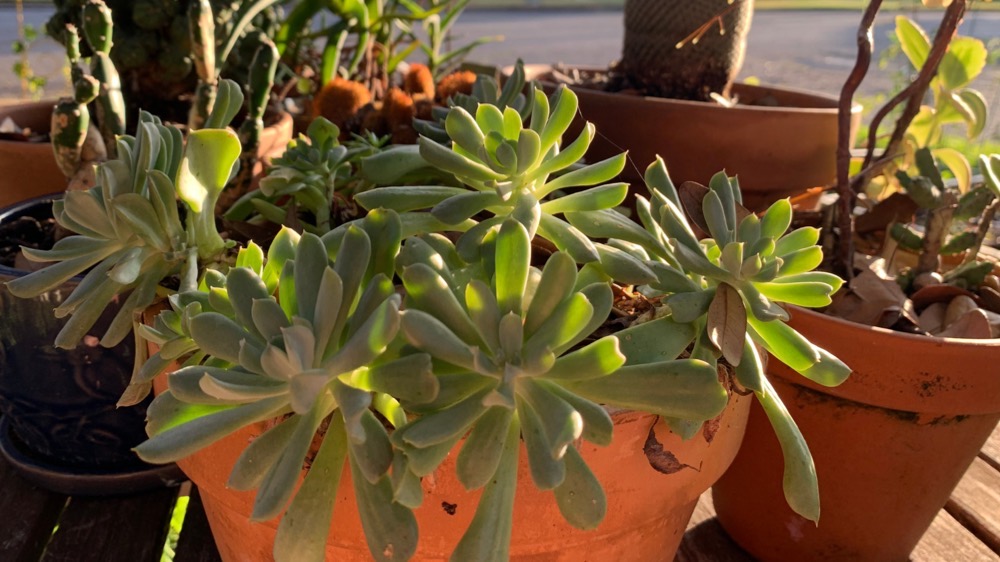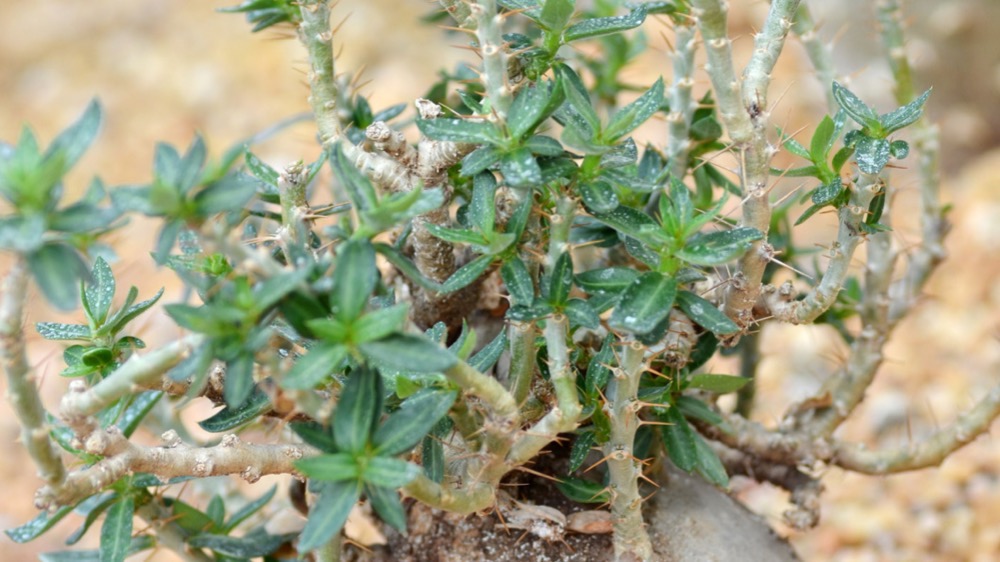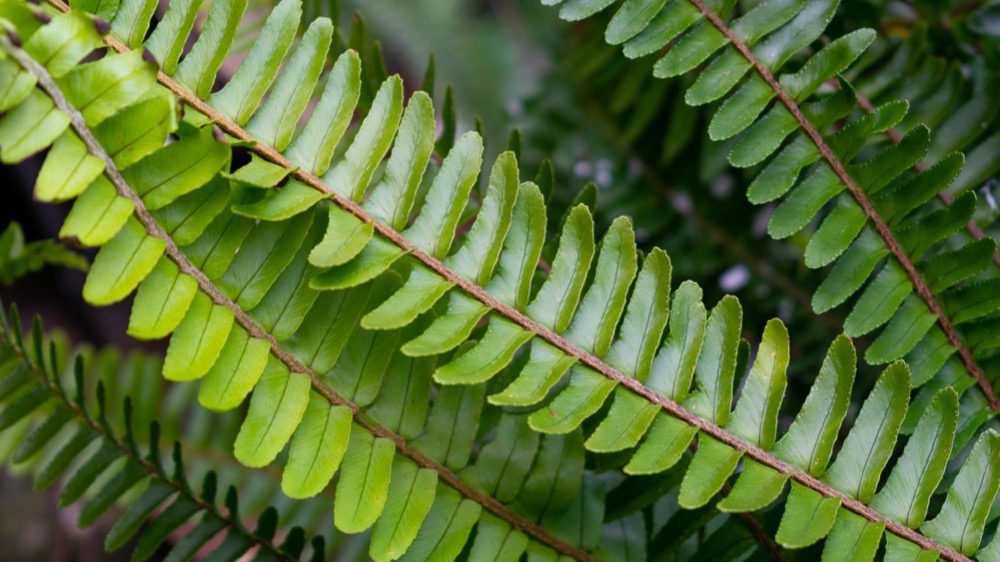
05 Mar Intermediate Plants For More Advanced Gardening
Graduating from the more common, easy to care for houseplants is a big and exciting step in a plant lover’s life. Once you can take care of the easy ones, it might be time to step your gardening game up with some intermediate-level plants that are a little more challenging to grow.
Below, The Green Goddess goes over a few intermediate plants for those with a touch higher skill levels than those of beginners.
Embrace the Differences

When you start expanding your horizons, you’ll notice that the diversity of plants is quite astounding. There are numerous plant options whether you’re creating an indoor or outdoor plantscape. Intermediate plants might require a little more TLC, a little extra knowledge on your behalf, and no short amounts of love and attention.
Maybe you’re looking for something different than those succulents that are thriving on your front porch; maybe you’re looking for a plant that you can engage with and care for a little more since succulents and cacti don’t require much nurturing to thrive. Arid plants might do worse when you over-attend them.
Intermediate Plant Examples
Check out some intermediate plant examples that might serve as inspiration for your next grow.
1.) Fockea Edulis
Fockea edulis is what we’d consider a more difficult plant to grow. This is a semi-deciduous caudex plant, native to South Africa and Namibia most commonly, growing and twisting in different shapes and structures, which will bring exciting new energy to your home.
Deciduous plants drop their leaves during changes in the season. As a result, each year the Fockea edulis will drop a majority (if not all) of its leaves in preparation for the drought season. This adaptation helps this plant preserve its energy and water. Some growers will cut back all the leaf stems grown during the growing season, while others prefer to keep the stems. Ultimately, this is up to you.
2.) Senecio Rowlenyanus
Senecio rowlenyanus (commonly referred to as “String of Pearls”) grow long, elegant pearl-like strands in the early summer, blooming white pom-pom blossoms that will give your space a refreshingly sweet floral aroma.
Not all succulents are created equal — this one is notoriously difficult to grow. To give yours the best shot at longevity, locate the sunniest spot in your home. You can hang or perch this beauty to set it up for success. The ideal situation will have your plant getting 2-3 hours of sun rays each day. Make sure that you see a hard shadow on the plant when you put your hand between the plant and the sun — otherwise, you’re putting this plant in indirect light.
3.) Adiamtum Pedatum
Adiantum pedatum (also referred to as Maidenhair fern) is a beloved plant due to its delicate, wispy foliage. However, this plant is also notorious for being difficult to grow. When you’re ready to level up this might be the plant for you.
Maidenhair fern will need a few hours of direct sunlight (preferably in the afternoon or early morning). Avoid harsher late morning sunlight or sunlight occurring in the middle of the day. It’s okay to let this plant dry a little bit before you water it. This fern you don’t have to keep wet all of the time. As far as temperature goes, opt for slightly cool and not too dry conditions.
We hope this handy guide helps. If you have any questions or need any supplies/assistance, contact The Green Goddess today. We are a leading gardening center in Phoenix, AZ.




